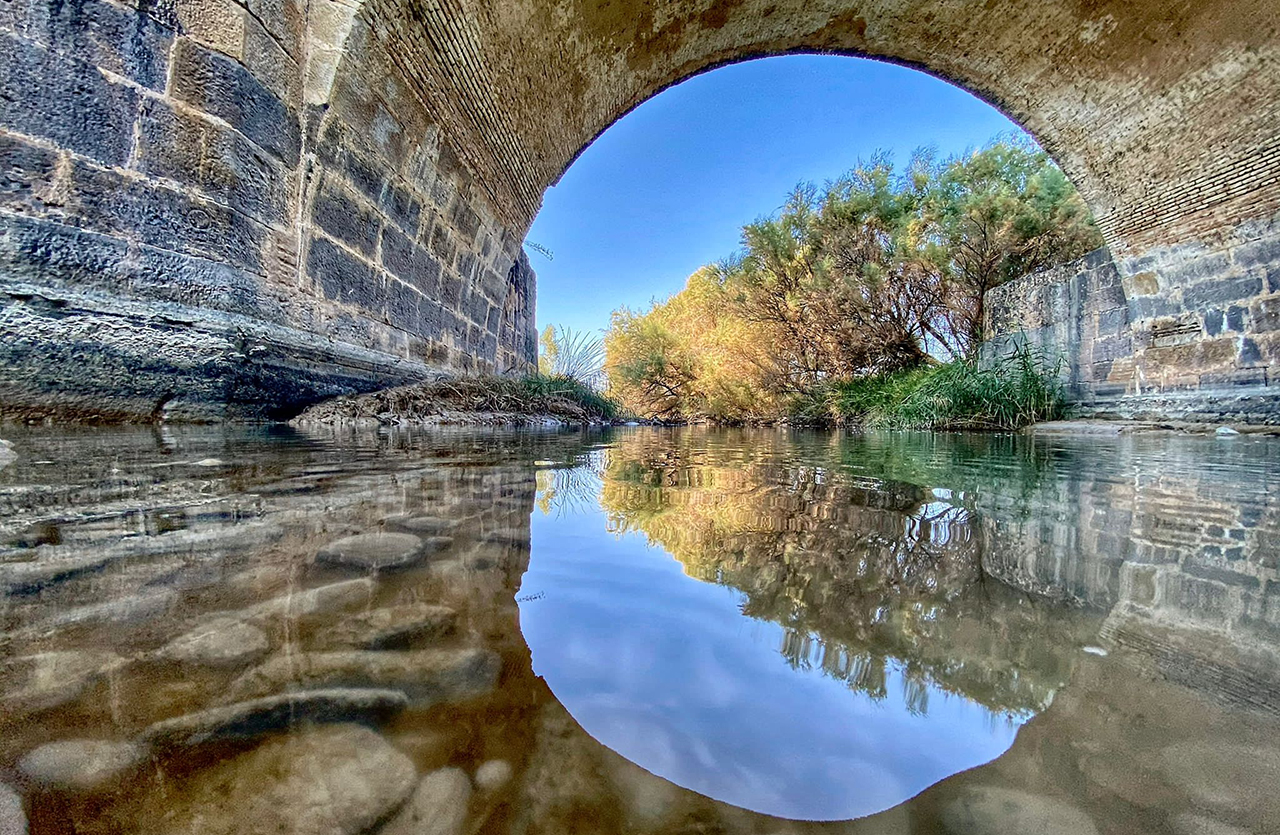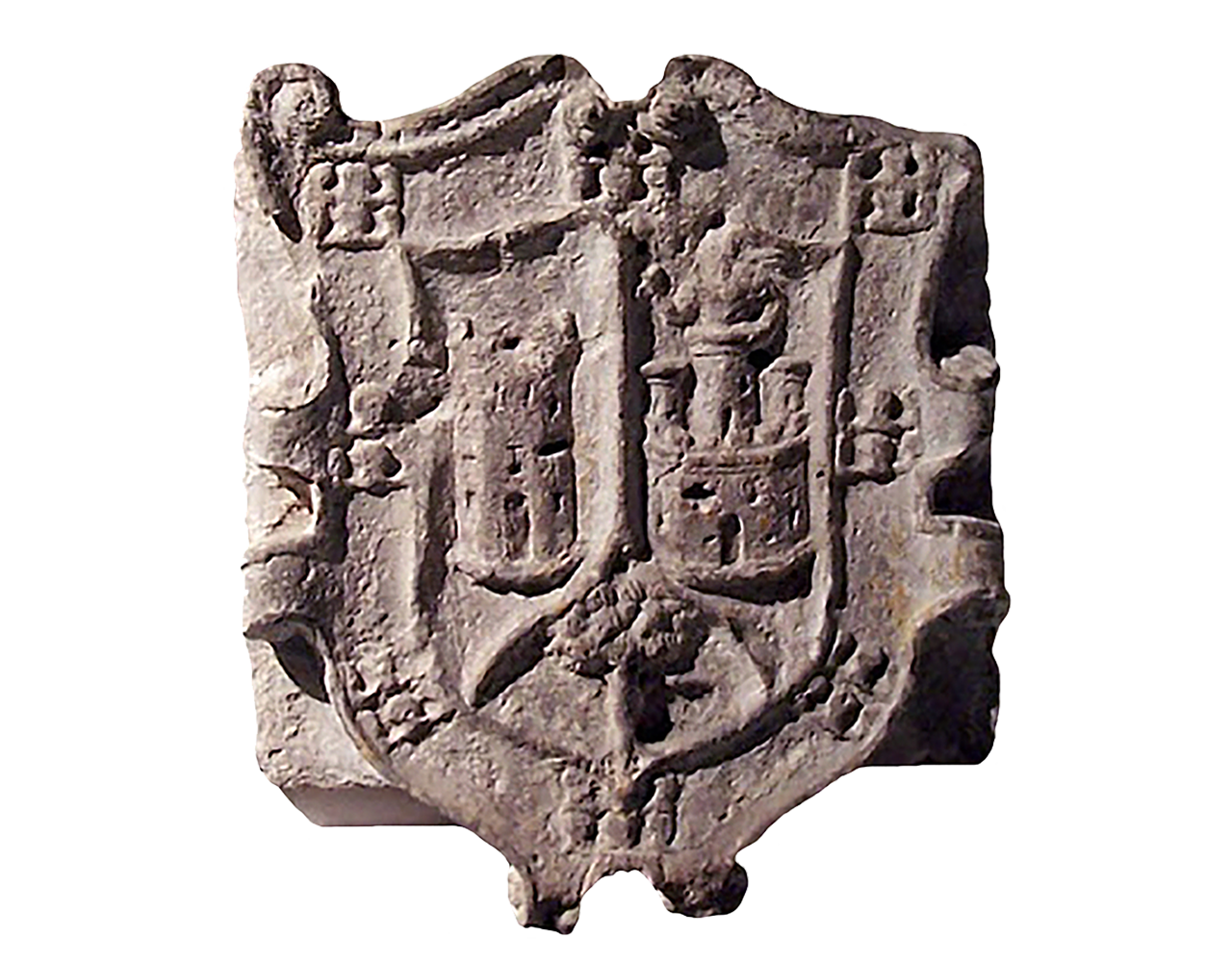Manor houses, fountains, old barns and cellars
A LARGE NUMBER OF RELEVANT BUILDINGS
In addition to the castle and the walled enclosure of the Almedina, Baena preserves numerous buildings and constructions of interest that span from the second half of the 12th century to the present day. Of the oldest, hardly any vestiges remain; however, many others from later centuries are still maintained as in their origin.
The castle, of Andalusian origin, is the oldest building in the Almedina neighborhood
Until the 16th century, the most outstanding civil constructions in Baena were located in the highest area of the town, where there were also others of an equally relevant religious nature. However, no remains of the first centuries have been preserved and the oldest ones would have to be found in the foundations of some wall towers of the castle that would date from the second half of the 12th century when the population was under Almohad rule. and in the curved gates of the wall that open into the Consolation Arch and the Dark Arch , they have a clear Almohad origin.
With the fall of the Nasrid kingdom of Granada and the disappearance of the danger of border raids , new neighborhoods will emerge that will begin to occupy the northern slope of the hill where Baena is located, already outside the walled enclosure . Manor houses will be built on Mesones and Llana streets (today Amador de los Ríos) where their noble shields and baroque portals are visible. The Plaza del Coso (now the Plaza de la Constitución), which in the early days of the Modern Age was just a large esplanade, would end up becoming the nerve center of the town and notable buildings such as the Casa del Monte would be built there., from the 18th century, which actually grouped various buildings such as the mayor’s house, the barracks that later became La Remonta, the butcher shops occupying the arcades, the house of the Marquis of Lendínez and the Monte Horquera Administration house, from where it would take the name the whole set. Very close to it, at the beginning of the old Carrera street (today Santo Domingo Henares), the Casa de la Tercia was built at the end of the same century , Casa de la Terciaa large agricultural construction that once housed barns and warehouses where revenues in kind administered by the Church and the Crown were stored. Today it is dedicated to the Municipal Historical Museum, headquarters of the Association of Municipalities of Guadajoz-Campiña Este and other administrative offices.


